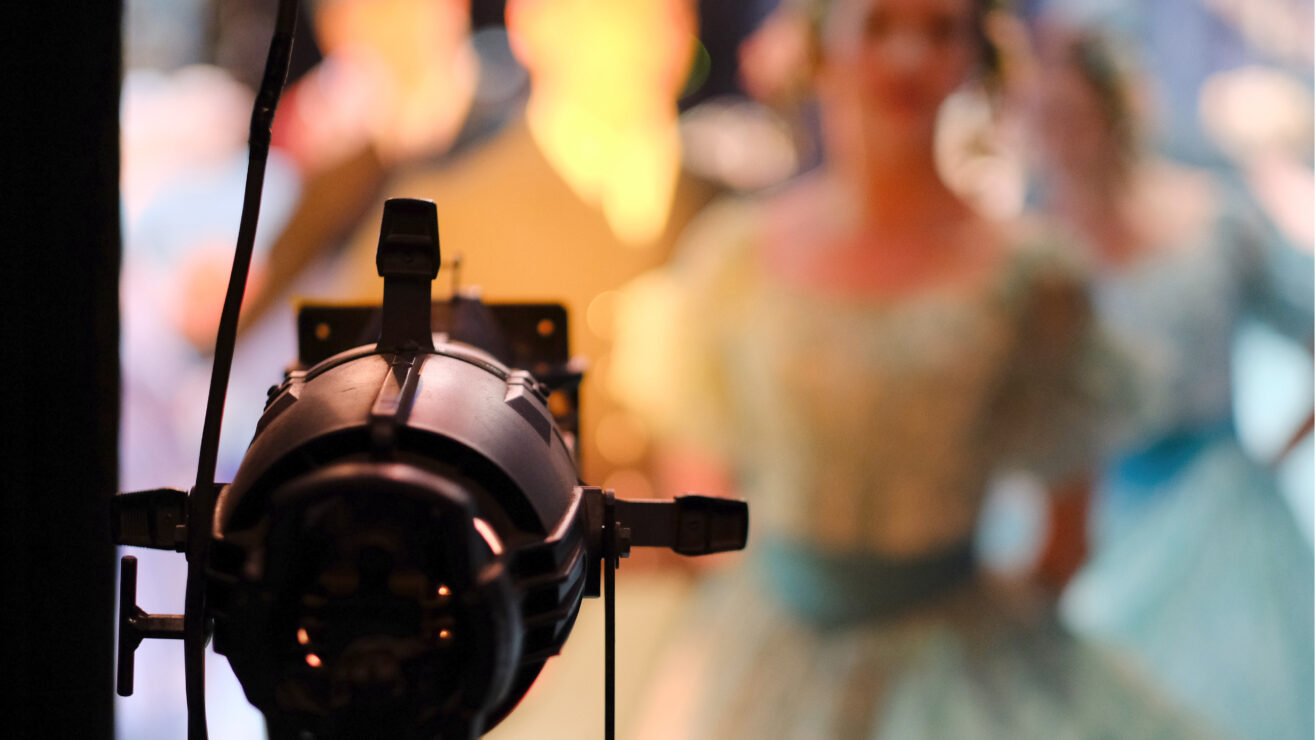Greetings from Oxford!
As I write this blog, the spring statement is two days away, and I have no idea (although I can make a guess!) how Chancellor of the Exchequer Rachel Reeves’ statement has gone down with people. Reeves studied for her first degree at New College Oxford, and so that’s where we’re going today.
This being Oxford, New College is obviously a very old college. It was founded in 1379 by William of Wykeham, the Bishop of Winchester. Formally – that is, when it’s in trouble with its mum – it’s called The College of St Mary of Winchester in Oxford. But even in 1379 this caused confusion. There was already another college dedicated to St Mary – the one snappily titled The Provost and Scholars of the House of the Blessed Mary the Virgin in Oxford, commonly called Oriel College, of the Foundation of Edward the Second of famous memory, sometime King of England.
And so it became known as New College. Which name it retains to this day, despite (at the time of writing) there being thirty colleges of the university which are, by any reckoning, newer.
Anyway, enough cavilling. The college was founded, and it had a name which at the time seemed reasonable. It’s founder, William of Wykeham, was a man of substance: as well as being Bishop of Winchester, he was Lord Chancellor to both King Edward III and Richard II. And he became thereby a rich man: by speculating on tax revenues, by income from the many church livings he had, and by the expropriation of the property of French religious houses looted during the Hundred Years’ War.
He used these riches in part to fund education, and in the late 1370s was busy not only establishing an Oxford college, but also establishing Winchester School. (He’s the reason why Winchester old boys are called Wykehamists. I say old boys advisedly – Winchester School started admitting girls in 2022, so soon former pupils will be a more accurate description.)
New College’s charter and statutes made it unusual. Admission was restricted to pupils from Winchester College – it formed a closed system. It also included provision for undergraduate students, one of the first at Oxford to do so. (And no, I’m not sure how you got to be a graduate student if you hadn’t been admitted somewhere to be an undergraduate first. My guess is that the medieval understandings of these terms is different to mine today.)
The senior fellows (masters and above) taught the junior fellows (undergraduates). In this arrangement you can see the start of Oxford’s tutorial system; you can also see the practice of research students teaching undergraduate classes, which is common across the UK today, especially in research-focused universities.
New College was also the first of the Oxford colleges to be built around a quadrangle, meaning that everything the fellows needed – places to sleep, eat, read and pray – were inside the college walls.
The statutes and the physical constraints of the buildings kept New College small. The college’s history identifies two notable periods in the next few centuries. The first was the period of religious strife during the Tudor dynasty’s reign. New College was a hotbed of Catholic fervour, and its fellows staunch supporters of Queen Mary. And when Mary died, to be succeeded by the very protestant Elizabeth, many of its scholars fled to mainland Europe.
In the civil war, Oxford was a significant place – the base of the King’s parliament for much of the war, it was also put under siege. The royalist defence of the city was, in part, organised by the then warden (head) of the college, Robert Pinke, who was acting vice chancellor at the time. When Oxford was threatened by parliamentarian forces, he went to parley with their commanders. One of whom, William Fiennes, Viscount Saye and Sele, was a New College man himself. But that didn’t stop him sending Pinke to London where he was arrested and held for a while. Alumni relations must have been tricky for a while after that.
After the civil war, demand for higher education slowly grew, as the political settlement took hold, as the power of the monarch was slowly constrained by parliament, and as a middle class began to emerge. But New College was constrained by its statutes: it could only have 70 fellows, and they had to be Winchester College students. This meant that it went from being one of the larger colleges to being one of its smallest.
Statute and ordinance changes in 1857 and 1883 did much to modernise the college. The requirement to be a Winchester school pupil was removed; the limit to the college’s size also. In 1868 fellows were permitted to marry, and the college introduced (with Balliol) the idea of intercollegiate lectures. The college grew, admitting more students, so that by 1900 nearly 300 undergraduates were registered.
The 1900s also brought a couple of notable wardens. The first was William Archibald Spooner, for whom spoonerisms were named. Spooner, it is held, was prone to making amusing slips in his speech, such as asking “tell me, was it you or your brother who was killed in the war?” A particular meaning is swapping the first sounds of nearby words (“you have hissed my mystery lectures”). Dictionaries of quotations are full of spoonerisms. And, once you recognise that New College becomes cue, knowledge, it is possible to have some sympathy with the Reverend Spooner. The pen-portrait on the college website is certainly very fond of him, with good reason, I would say.
The second notable warden was H A L Fisher. Fisher was President of the Board of Education in David Lloyd George’s wartime cabinet, from 1916 to 1922. He introduced legislation to require compulsory education for all children up to the age of 14, and also introduced enhanced pension arrangements for teachers. The Teachers’ Pension Scheme, rates for which currently cause headaches for more than a few university vice chancellors, is part of Fisher’s legacy. He retied from politics to take up the post of warden of New College, succeeding Spooner. Fisher died in 1940.
There’s a fascinating, and slightly ghoulish, postscript to Fisher’s life. In 1943, as part of a wartime deception, British intelligence dressed up a corpse as a British marine, carrying apparently secret documents. Documents written to deceive. The body was left to wash ashore near Spain, the documents were shared by the then fascist Spanish government with nazi Germany. And the documents, which related to the site of allied landings in southern Europe, seem to have been believed. To make the deception more credible, the fictitious marine had to be dressed appropriately, and in wartime London good quality clothing was hard to find. And so Fisher’s woollen underwear was used.
New College has an impressive list of alumni. As well as Rachel Reeves, the list includes politicians Tony Benn, Gyles Brandreth, and Hugh Gaitskell; academics Harold Laski and J B S Haldane; Chief Rabbi Jonathan Sacks; public intellectuals Neil MacGregor and Lucy Worsley. And, as the K-Tel hits compilation adverts used to say, many, many more.
And here, as usual, is a jigsaw of the postcard for you.













And it is always New College, never simply ‘New’.
Oh, and did I mention that New College is,some say, built over a plague pit?
Last in my trinity of comments. New College was also the alma mater of the Reverend James Woodforde, of diary fame. He gives an interesting description of Christmas Day at New College in 1773.